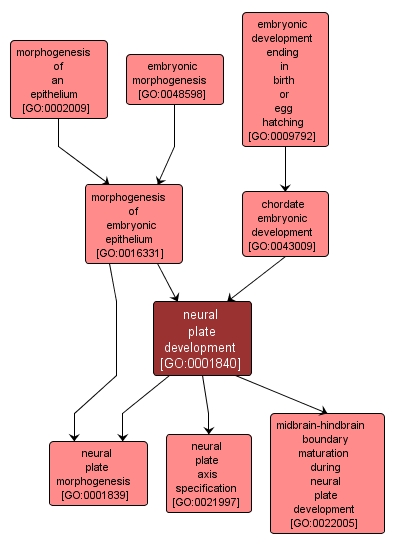| Desc: |
The process whose specific outcome is the progression of the neural plate over time, from its formation to the mature structure. The neural plate is a flat, thickened layer of ectodermal cells. The underlying dorsal mesoderm signals the ectodermal cells above it to elongate into columnar neural plate cells. The neural plate subsequently develops into the neural tube, which gives rise to the central nervous system. |














